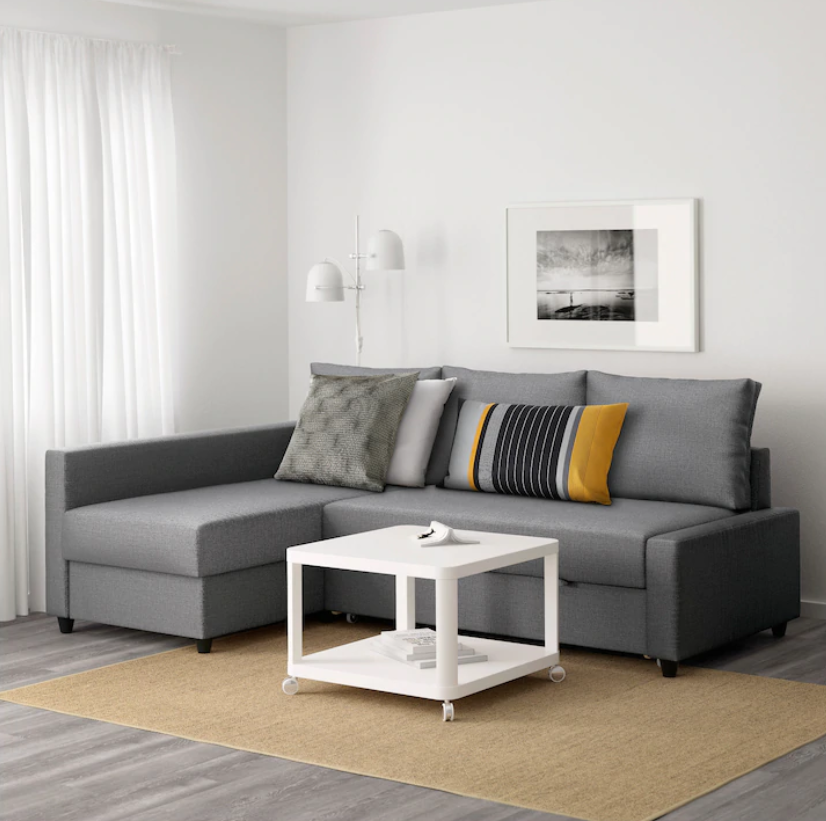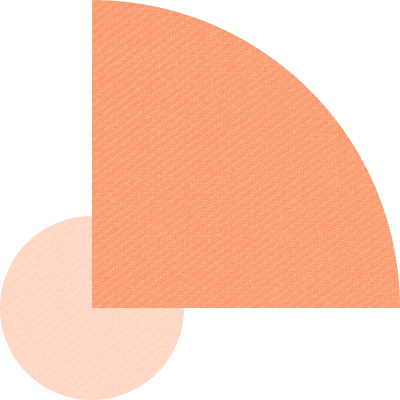
Globally, IKEA is well-known as THE store to go to for stylish, affordable furniture.
But despite its popularity, people everywhere are still saying its name all wrong.
English speakers tend to pronounce the company name as “AYE-kee-yah”, while the Japanese seem to prefer the term “Ik-kyah”. If a Swedish person were to hear us pronouncing IKEA the way we do, they’d probably be slightly confused as first.
Here’s why: Founded by Swedish founder Ingvar Kamprad, the name as pronounced by the Swedes, is as follows: “Eee-KEH-yah”.
Given how we rarely do the IKEA name justice, can you imagine all the endless ways we’re probably butchering the names of the products it sells?
Let us count the top 9 ways….and how to get them right:
1. EKET

“Eh-cat”? “Ee-get”?
The correct way to pronounce the EKET series at IKEA, which is their storage series, is “Hee-yeah-cat”, said quickly.
If saying this makes you sound like a cowboy teaching your kitty how to do cool tricks, so be it (makes it easier to remember too).
2. HEMNES

It may be tempting to think otherwise, but the ‘n’ in HEMNES is not meant to be heard…at all.
This is how it’s said: “Hems” with a silent ‘n’.
You’re welcome.
3. FRIHETEN

Contrary to popular opinion, “Fry-he-ten” is not how you pronounce the name of this sofa series from IKEA.
What it should be, is “Free-heh-thun”. with the last syllable pronounced the way you would say the last syllable in the name Jonathan.
4. HASSELBY
This should be an easy name to say, right?
After all, its spelling makes it pretty obvious that “hassle-bye” is how you say it.
But as our non-Swedish luck would have it, “Hassle-bee” is what it should actually sound like.
Not as hassle-free as one would imagine, this one.
5. KIVIK
Surely this should be pronounced “Kee-week”?
No such luck. The Swedes actually say “snee-week”.
The more you know!
6. POANG

It may look like someone accidentally added an A to “pong”, but we assure that the spelling of this name was no accident.
So how do you say it then?
It is actually made of two syllables, and Poang is pronounced “Poe-ang”, with “ang” as in anger. Try as we might, we can’t find a legit reason to get angry at our favourite wooden armchair, though.
Fun fact: The Poang line of wooden armchairs from IKEA have been in production since 1978 and about 1.5 million chairs are sold annually. In fact, you can get yourself one here.
7. YPPERLIG
Wait, what now?
And just in case you were wondering, no, this is not a two-syllable word with a silent Y.
Instead, how you say it is this: “Yee-per-lig”.
YPPERLIG is a collaboration between IKEA and Danish company HAY, which creates furniture using sophisticated industrial manufacturing. How you say the name may be confusing, but we would say “yes” to having a YPPERLIG (or several) in our homes any time.
8. MALM
The most common way people would say this is to pronounce it as though the name Malcolm was missing the “col” bit, like “Mal-mm.”
But surprise, surprise: It’s actually a three-syllable word that one would say as “Ma-lee-mer”
Just like you, we’re still scratching our heads over how this one has 4 alphabets but 3 syllables, too.
9. LACK

There is nothing lacking in the way you would normally pronounce the word LACK. At IKEA, however, you’d be falling short plenty.
Why? Because LACK is actually pronounced “Lark-ke”, with a soft emphasis on “ke”.
We’re sure there are plenty of other names at IKEA that we’re getting wrong, but hey, a rose by any other name still smells just as sweet.
Love IKEA just as much as we do? Get our top tips on how to decorate your home without breaking the bank with a FREE copy of our Timeless Living: How To Design A Classy IKEA-Inspired Home ebook:















Peg Donovan
Apr 25, 2021Hi! How do you know these are the right pronunciations? Plugging some of the words into a Swedish translator gives me different results?
Naomi
Sep 7, 2021Hey Peg,
Gosh yes; that really was the case for us too! It took a multitude of research and tracking/tracing back to find out the right pronunciations for each name. We even asked some native speakers at the time and we were super lucky to have had help. This definitely took us a while to compile and we hope it helps anyone looking for it. :)
Joanne
Dec 17, 2019This was fun to read & good to know, since I have or have had 5 of the 10 items in my home & didn’t pronounce any of them properly! =D I had Ikea’s Godmorgon sink in our bathroom for a few years before I found out Godmorgon actually means “good morning” in Swedish!
Ning Lim
Dec 17, 2019Godmorgon to you, Joanne! :)